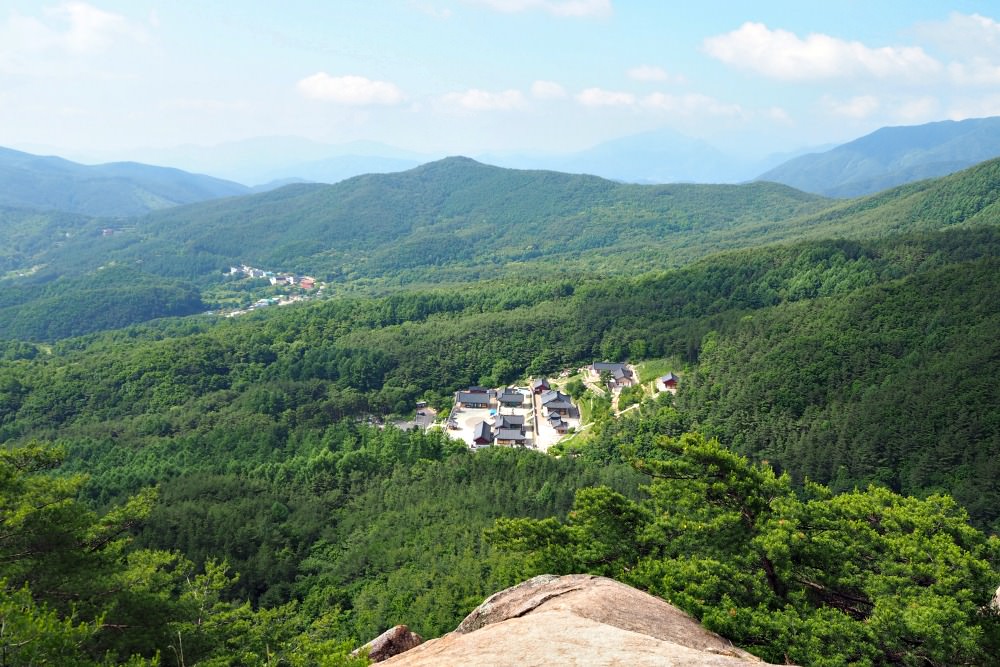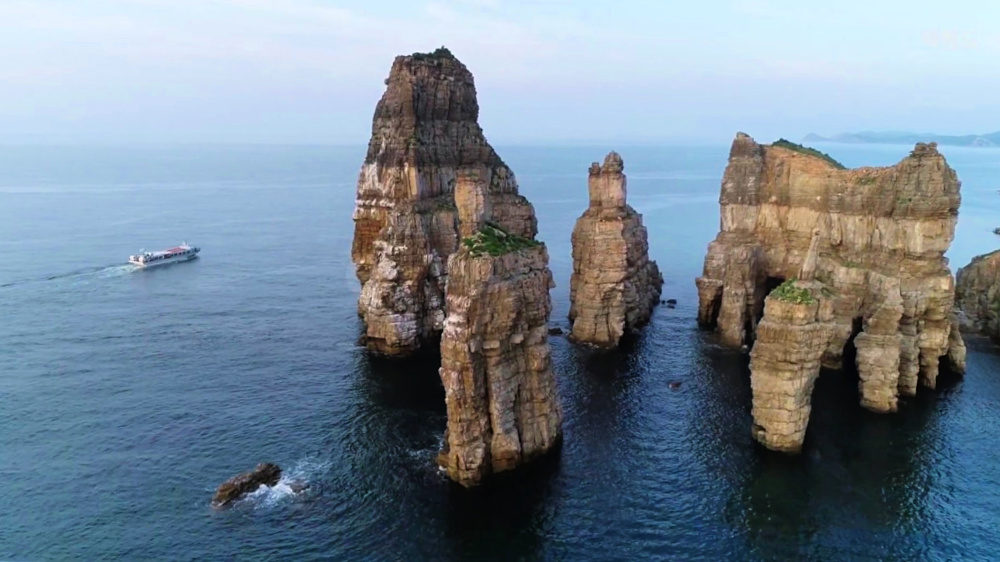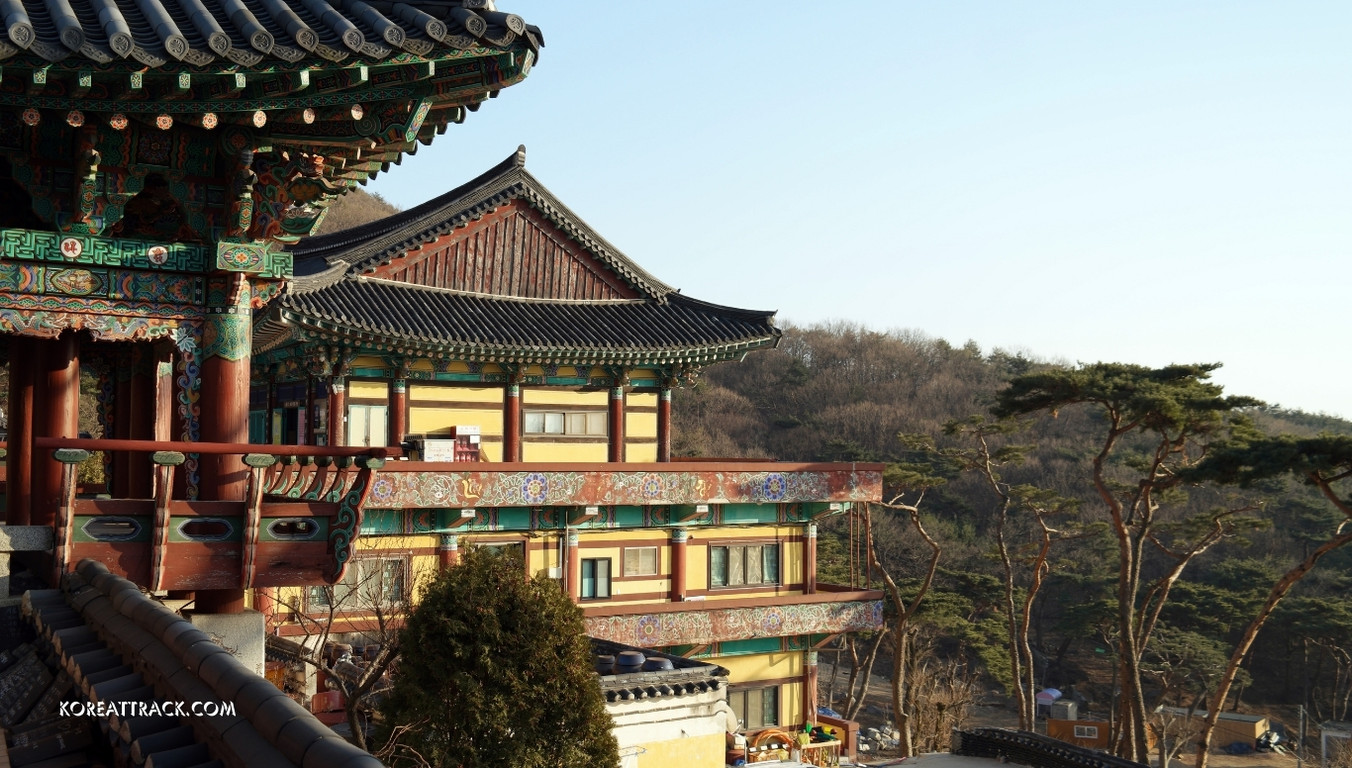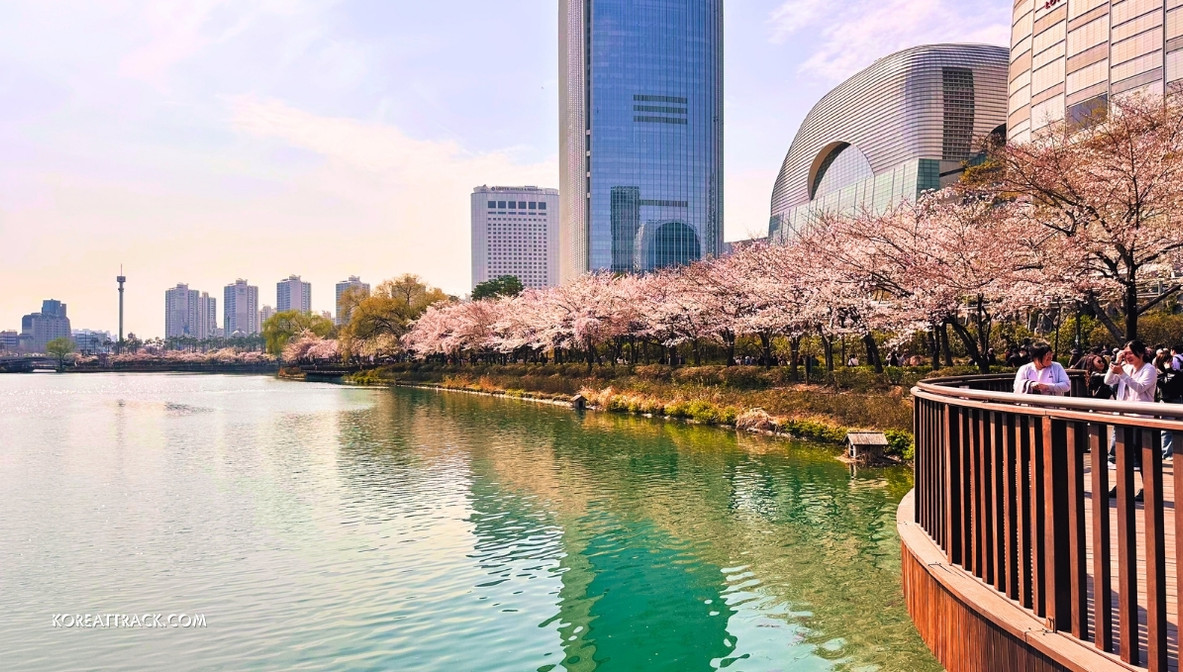Sansa Buddhist Monasteries
& Temples
 Temple in Gayasan National Park
Temple in Gayasan National ParkSansa Buddhist Monasteries
Sansa Buddhist monasteries and temples are religious sites of the Buddhist religion that are located in the mountains of South Korea.
The Sansa religious structures are located throughout the southern provinces of the Korean Peninsula. There are seven Sansa structures designated as world heritage.
The spatial design of the seven monasteries and temples that comprise the building, established from the 7th to 9th centuries, present typical characteristics specific to Korea alone-- the 'madang' (open yard) flanked by four buildings (Buddha Hall, structure, lecture hall and monks' dorm).
They consist of a great deal of separately exceptional structures, shrines, documents, and objects.
These mountain temples and monasteries are sacred places, which have remained as living centers of faith and everyday religious practice up to the present.
Sansa Buddhist Monasteries Features
Sansa includes seven Buddhist mountain monasteries-- Tongdosa, Buseoksa, Bongjeongsa, Beopjusa, Magoksa, Seonamsa, and Daeheungsa-- located throughout the southern provinces of the Korean Peninsula.
The seven UNESCO designated monasteries, which commenced their evolution from the 7th to the 9th centuries, functioned as centers of religious belief, spiritual practice, and daily living of monastic life, reflecting the historical advancement of Korean Buddhism.
Sansa has supported various Buddhist schools and common beliefs within its vicinity. Many of its notable historical structures, halls, items, and records reflect such particular features of Korean Buddhism.
Self-sufficiency & Asceticism
The distinctive and historical aspects of Korean Buddhism can be recognized in continuous traditions. Such practices include efficient temple management, education of monks, meditative practice, as well as doctrinal erudition of Korean Seon Buddhism.
These Sansa Buddhist mountain monasteries are sacred places, which have endured to the present as living centers of faith and spiritual practices regardless of suppression during the Joseon Dynasty and damages triggered by wars and conflicts over the years.
Korean Buddhism has a long history that has crossed several historical eras in the Korean Peninsula.
The seven mountain monasteries and temples-- Tongdosa, Buseoksa, Bongjeongsa, Beopjusa, Magoksa, Seonamsa, and Daeheungsa-- offer a distinctly Korean peculiarity of Buddhist religious culture from the 7th century to the present day.
Exemplary Features
These mountain monasteries are sacred places and offer exceptional testimony to their long and continuing customs of Buddhist spiritual practice.
Together the seven monasteries and temples contain the components essential to exhibit the Outstanding Universal Value of Korean Buddhist mountain monasteries.
Such universal values include their mountain settings, well-preserved structures for spiritual practice and daily living, praise halls and shrines, meditation locations, monastic academy areas, and dorm rooms for monks.
Various forces threaten the structures, but they were kept intact throughout history. Although there are many significant alterations, Sansa has been keeping their original functions despite the modern-day development.
Structural Integrity
The authenticity of the serial building is based upon the long and continuing uses of the elements for Buddhist spiritual practices and routines. These practices are in accordance with their location and setting, traditions, techniques and management skills, and existing intangible heritage.
The architectural components have been thoroughly preserved according to concepts of repair work and repair, utilizing conventional construction techniques. Such aspects still exist, although the function of some structures has changed to support the operations of the temples.
The spiritual traditions and functions of the Buddhist temples keep a high degree of authenticity.
Protection and Conservation
The numerous temples are all being safeguarded and handled nationally-designated cultural treasure under the Cultural Heritage Protection Act.
Modern buildings to facilitate continuing usage and developments around the temples are strictly regulated. Each of the seven components is likewise protected by the Korean traditional temples' laws and acts.
The Sansa are Buddhist mountain monasteries situated throughout the southern provinces of the Korean Peninsula.
The seven Buddhist mountain monasteries and temples-- Tongdosa, Buseoksa, Bongjeongsa, Beopjusa, Magoksa, Seonamsa and Daeheungsa-- use a distinctively Korean Buddhist monastic culture from the 7th century to the present day.




New! Comments
What do you think about this page? Leave me a comment in the box below.